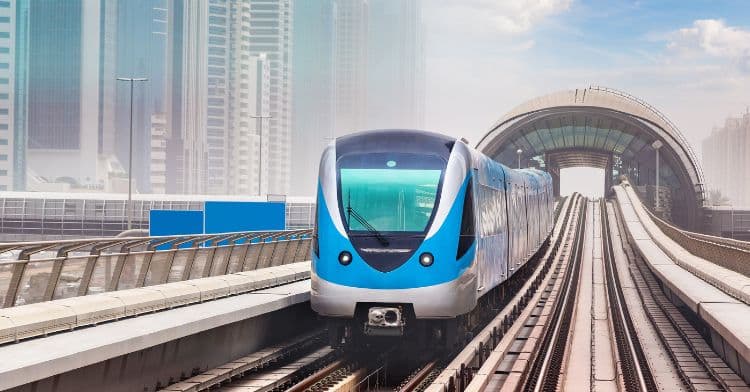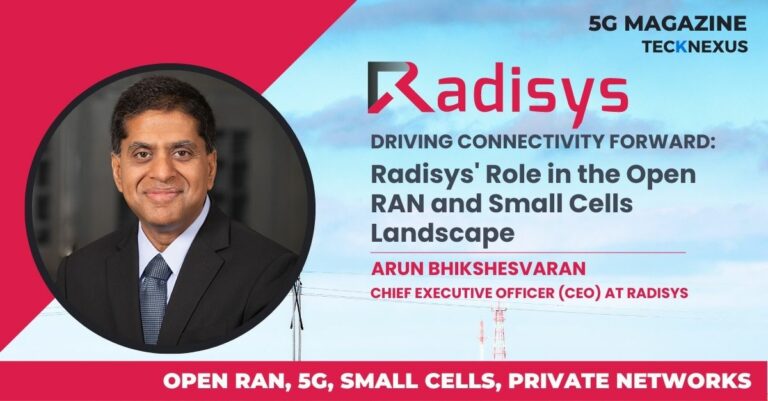The Société du Grand Paris (SGP) has chosen Nokia to install a 5G macro network for their ambitious Metro project. The private 5G deployment, an extension of private LTE deployment, will span 200 kilometers of track, four lines, and 68 stations in the French capital. This initiative is an extension from early 2020, when SGP initiated its critical communications deployment across three new lines- proving it’s a potential success as they move forward with this large-scale project.
In order to offer seamless, efficient traffic management across private WANs, Nokia has been chosen to deploy its comprehensive IP/MPLS solution using label-based routing. This multi-service network is designed with both operational and maintenance needs at the forefront, as well as offering LTE/5G coverage for railway stations, lines, and depots – whether indoors or outdoors.
The Grand Paris Express is the largest metro rail project in Europe, and its purpose is to bring optimal capacity, dependability, and performance to SGP’s operations. It will also guarantee a safe voyage as well as an incomparable experience for passengers. This endeavor anticipates carrying two million people daily; this includes developing four new lines (15-18), extending one line (14), constructing 68 stations, and setting up new urban centers around them.
According to the statement, a high-speed IP/MPLS network will act as an efficient backbone for operations and maintenance in order to boost security, enhance safety, and improve customer experience. The feature of communication between the centralized control centers and automated stations is paramount for daily operations as well as the implementation of SGP’s cybersecurity strategy.
By leveraging real-time video surveillance within the trains, centralised operations teams can be alerted to any potential issues and promptly respond. Moreover, passengers will experience a new level of service through intuitive ticketing and consistently reliable updates concerning their journey details – all while assuring greater security on board for everyone involved.
Matthieu Bourguignon, vice president for enterprise sales in Europe at Nokia, commented: “These projects provide critical high-speed connectivity and performance at all points within the new Grand Paris metro and its operations, giving SGP the highest levels of confidence in its end-to-end Nokia network. We are incredibly proud to be… part of this ambitious project to digitally transform one of Europe’s largest rail systems.”



















